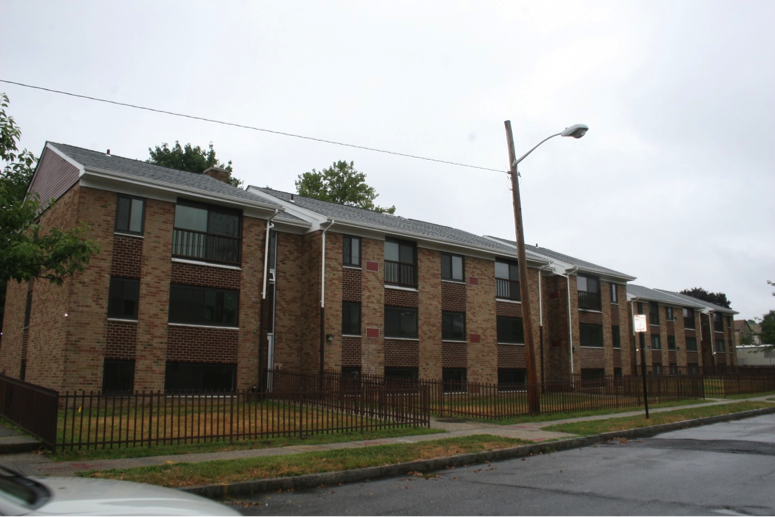Starting this month, HUD is dramatically lowering the mortgage insurance premium (“MIP”) on new loans for certain affordable and energy efficient multifamily housing projects. The lower rate will incentivize owners to provide more affordable rental housing and to implement measures to make projects more sustainable. These changes only apply to multifamily but the HUD is considering extending the changes to residential healthcare programs as well.
Before this change, upfront MIP’s ranged from 45-100 basis points of the mortgage amount for FHA multifamily projects and annual MIP’s ranged from 45-95 basis points.
For new loans on projects that HUD defines as “Broadly Affordable,” upfront and annual MIP’s are reduced to 25 basis points. For new loans that HUD defines as “Affordable,” upfront and annual MIP’s are reduced to 35 basis points. For new loans that HUD defines as “Green/Energy Efficient Housing,” upfront and annual MIP’s are reduced to 25 basis points.
These changes apply to all of FHA’s multifamily programs including new construction and substantial rehabilitation, refinance and purchase and streamlined refinance. These changes would not apply to note modifications.
“Broadly Affordable Housing”
This category includes projects with 90% project-based rental assistance and LIHTC transactions in which 90% of the units have an affordability use restriction that sets rents 10% below comparable market rate rental housing or similar State or local programs that achieve the same level of affordability. The affordability provisions must be in effect for 15 years, be included in a recorded regulatory agreement and be monitored by a public entity.
“Affordable Housing”
All projects in this category must accept Section 8 voucher holders. There are several ways to meet this requirement:
- The project is covered by affordability restrictions that requires a minimum of 10% of the units be affordable to, at most, a family at 80% of AMI. The affordability set-aside must be in effect for 30 years, be included in a recorded regulatory agreement and be monitored by a public entity.
- The project has at least 10% of the units covered by a project-based rental assistance contract servicing very low-income residents. The contract must have a remaining term of at least 15 years.
- The project has at least 10% of its units covered by an affordability use restriction under the LIHTC program or similar State or locally-sponsored program with a recorded regulatory agreement in effect for at least 15 years after final endorsement and monitored by a public entity.
- The project has at least 90% of its units covered by an affordability use restriction but without the rent advantage required to qualify as Broadly Affordable and with a recorded regulatory agreement in effect for at least 15 years after final endorsement and monitored by a public entity.
“Green/Energy Efficient Housing”
To qualify, there must be evidence that the project has achieved or that the proposed improvements will achieve an industry-recognized standard for green building. The regulations list a large number of acceptable standards that, to qualify, must be independently verified. If a particular standard is not on the list, HUD may approve the standard at its sole discretion.
The owner must certify that the project has achieved, or will pursue, achieve and maintain a score of 75 or better on the 1-100 ENERGY STAR score, using EPA’s Portfolio Manager. The reasonableness of achieving and maintaining the score of 75 or better in Portfolio Manager, must be verified by the independent conclusion of the qualified assessor preparing the physical condition assessment, and supported by the physical condition assessment report and recommendations, ASHRAE level II energy audit (required for existing structures only), and plans for new construction, or rehabilitation, repairs, and operations and maintenance. The physical condition assessment report submitted with the mortgage insurance application must include a certification from the architect, engineer or energy auditor that the planned scope of work is reasonably sufficient to achieve and maintain the specified certification.
Additionally, the owner must submit to HUD evidence that the specified, independent green building standard has been achieved, and provide a copy of the Portfolio Manager report showing building performance at or above 75, which those standards have been achieved, and, no more than 15 months after completion of new construction, substantial rehabilitation or renovations or 15 months after break-even occupancy. If the standard isn’t achieved, HUD may impose protocols to bring the project into compliance. The owner must submit the Portfolio Manager report annually to HUD showing that the property has maintained its efficiency performance.
Properties with less than 20 units may qualify for the lower MIP rate by achieving an industry-recognized standard for green building but are exempt from the requirement to achieve a score of 75 or better on the 1-100 ENERGY STAR score.

 Affordable
Affordable 





